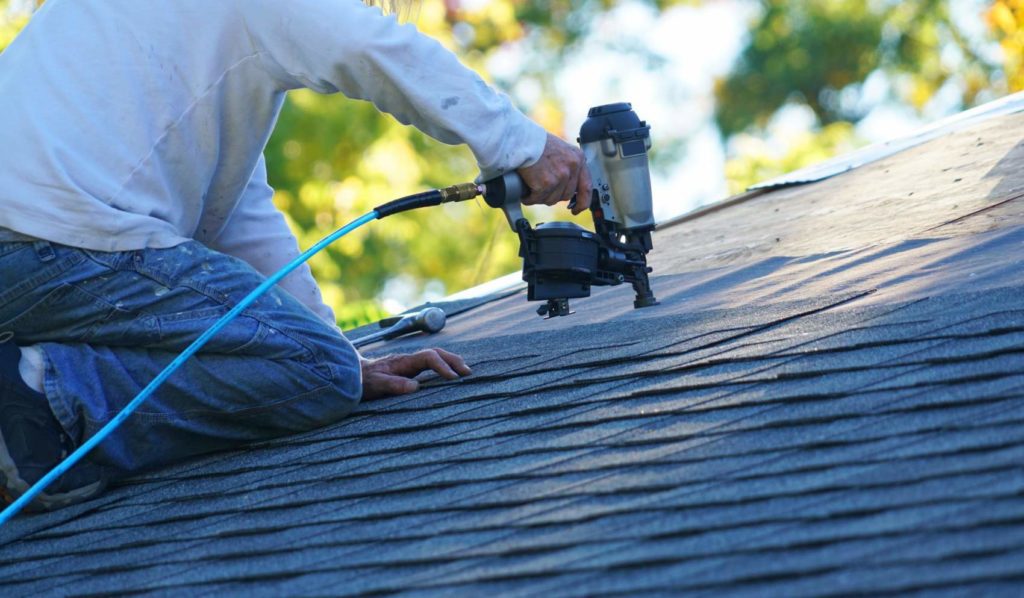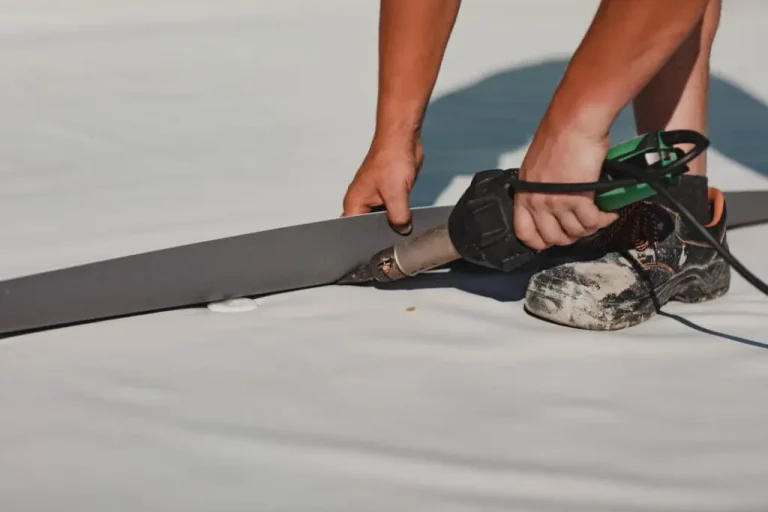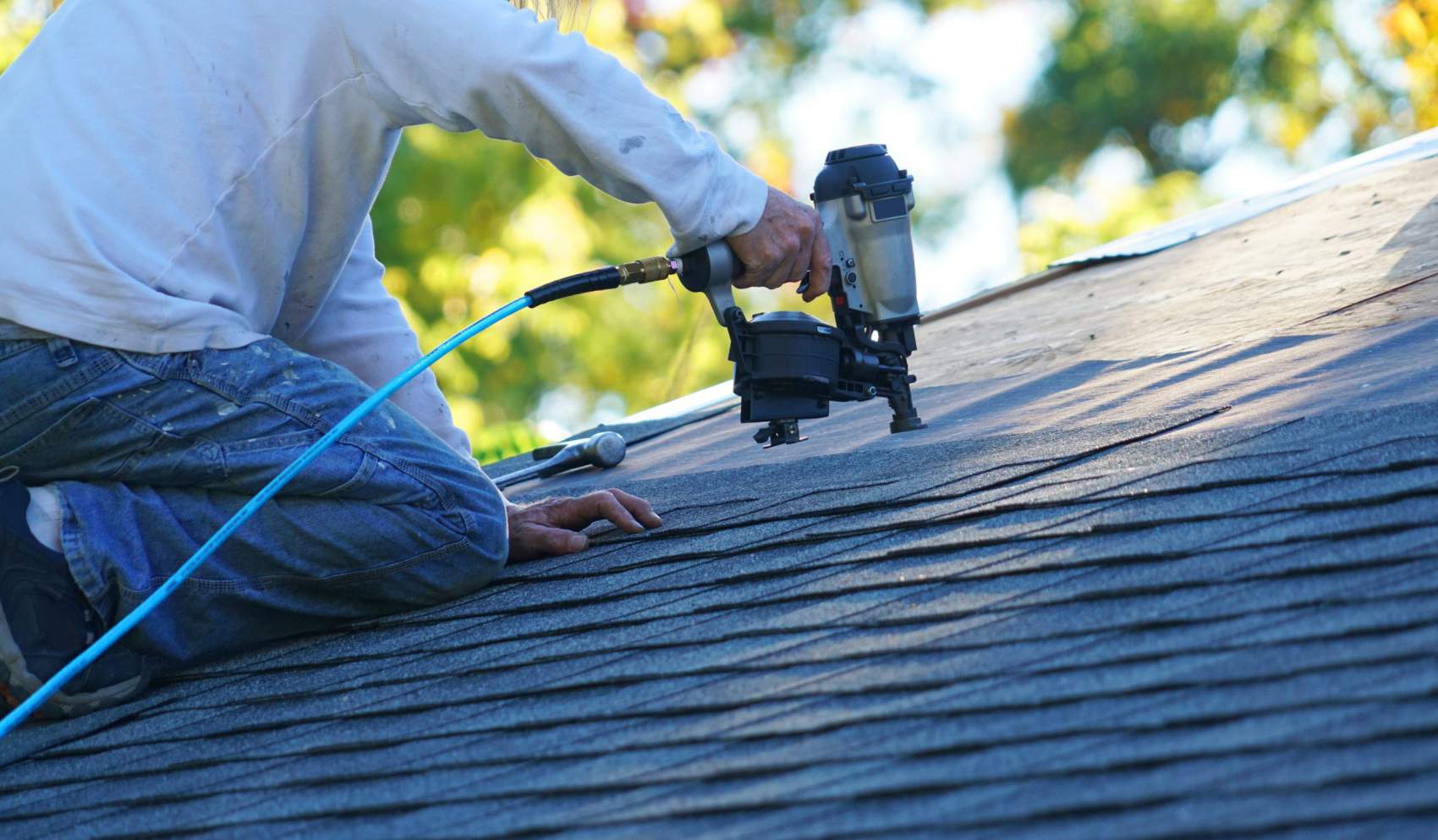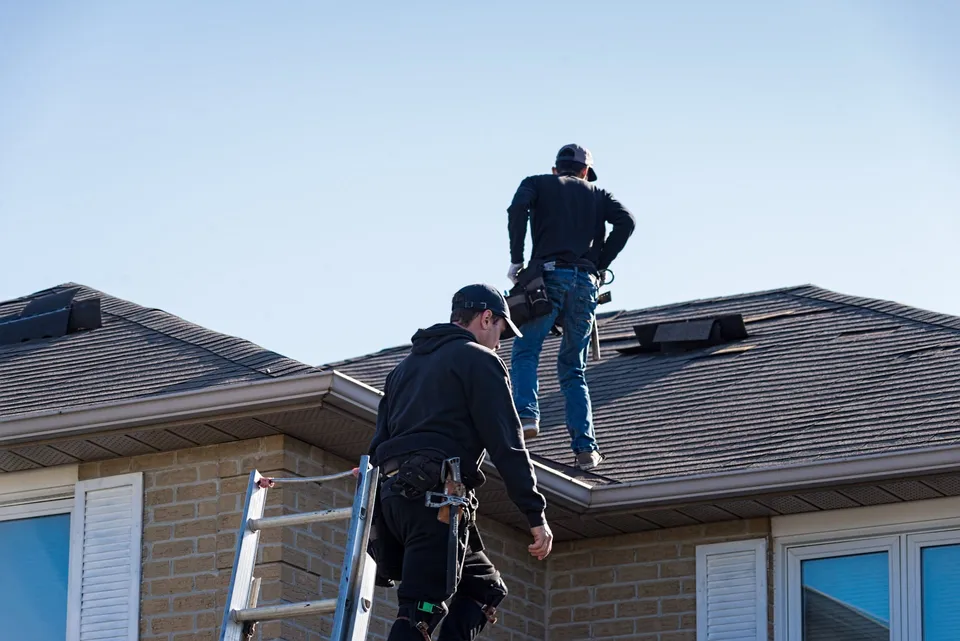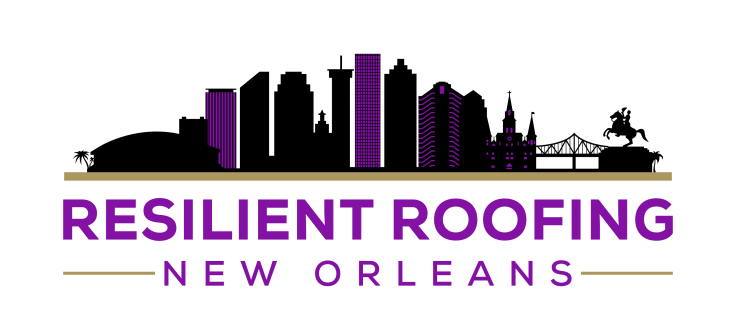A roof is critical in protecting you and your household from the weather while keeping you warm, dry, and comfortable. Unfortunately, all of that suffering means that your roof will almost certainly require repair at some time over the life of your home.
How often do roofs need to be replaced?
If you go strictly by age, the majority of roofing professionals advise that the average roof in the United States should last between 20 and 25 years, but not all roofs are created equal.
Here, you will discover more about how often do roofs need to be replaced.
To Begin, Become Familiar with Your Roofing Materials
Every material used to construct your roof has a significant impact on its longevity. Certain materials are more durable than others, allowing them to survive the rigors of heavy downpours, high-wind debris, and scorching rising temperatures.
Asphalt shingles and composite roofs are the most frequent materials and also have the shortest lifespan (often approximately 20 years) before requiring repair. Fiber cement shingles, on the other hand, have a somewhat longer life expectancy of around 25 years. Roofs made of wood shakes should endure 30 years or more. Slate roofs, roof tiles, and metal roofing, such as copper, are the most enduring types of roofing. These are expected to survive for up to 50 years before needing to be replaced.
Keep in mind though that this mostly applies when having a new roof done. You may choose to invest in a somewhat more expensive roofing material to avoid frequent roof repairs caused by inclement weather.
Additionally, after considering the quality and durability of your roofing material, remember that the roof’s lifespan is still determined by the climate. Hail, snow, hurricanes, and other extreme weather may shorten the life of any roof. But, some roofs are suitable for warmer areas.
Here are the most Critical Signs That It’s Time to Replace Your Roof
Rather than depending just on the age and material of your roof, it is more crucial to inspect it periodically and take note of any symptoms that may require repair.
- A sagging roof
The roof of a building should appear stable in general, and any drooping is a clear indication that something is amiss, maybe due to wear and strain. Sagging typically indicates a structural concern, whether in the attic or with the underlying supports. While this does not always imply that you or your property are at imminent risk of a roof collapse, it is an issue that you should handle immediately rather than later. It’s easier to address an issue that is minor and contained to a single spot than it is to address a larger problem that may affect the entire roof’s base.
- Noticeable shedding granules
Certain Roofing systems include crushed mineral particles. These granules not only allow for the variety of colors, forms, and sizes of asphalt, but they also act as a sunscreen for the asphalt layer. If you have recently built a new roof, some loose granules are to be expected. However, if your shingles are older and have begun to shed their granules, you may encounter complications. Without those granules, your shingles become ineffective and soon degenerate. If you discover additional granules in the gutter or observe that the granules are shedding, you should get your roof examined.
- Roof Shingles That Have Been Worn Out
Shingles that are in good condition equal a roof that is in good condition. If your shingles are buckling, curling, cracking or otherwise damaged, your shingle roof will almost certainly require repair. Completely missing shingles may also indicate the need for a new roof. Curling can take on two distinct shapes. Cupping is a term that refers to shingles that have their edges bent upward, providing the appearance of a cup or bowl. Clawing occurs when the center of the shingle rises over the borders and corners. This often indicates that the bottom of the shingle is diminishing in comparison to the top, which may also indicate heat loss from an inadequately ventilated attic.
These types of curling are caused by weathering and, if left ignored, would almost certainly result in more damage and a leaking roof. Damaged shingles, particularly if they affect only one side of the home, are frequently indicative of wind damage.
Although replacing individual shingles is acceptable, deterioration or curling in one or a few shingles typically indicates more shingle degradation. Depending on the amount of damage, you might be one to five years away from requiring a total roof replacement. Additionally, finding particular shingles that are the same tone and color as your old shingles might be challenging, so you may want to consider replacing your complete roof to retain the appearance of your roof.
- Formation of mold and rot
Have you noticed new green spots or dark black damp on some areas on your roof? This means that the lifespan of your roof may be approaching an end. Biannual roof inspections are critical to detecting mold or decay that you may not notice immediately. Mold or rot can result in structural damage to the home, such as interior leaks and a lack of stability.
- Light Spots in the Attic
Should you notice patches of light streaming through your attic, you should get your roof inspected immediately. Light patches in the attic indicate holes in the roof, which will likely allow water, snow, chilly air, and maybe stray bugs to enter. If you do discover any light leaks, monitor them closely during the following several rainfalls. If the holes flex or alter in size, you may have a roof that is actively leaking.
Nevertheless, not all holes are significant. Smaller leaks can readily be addressed without requiring the entire roof to be replaced. Larger leaks, particularly those involving structural damage to older roofs, may necessitate more costly repairs.
3 things to consider should you decide to conduct a roof replacement
Because replacing your roof is a significant effort, here are some things you should know before you replace your roof.
- Selecting the Proper Roof
Although it may be more expensive initially, it is well worth it to invest in higher-quality roofing materials. Choosing materials with a 50-year life expectancy will save you money in the long run and reduce resource waste associated with regular roof replacements and repairs. Copper is the most durable metal for roof-to-wall seals.
- Taking Down Old Asphalt Shingles
It’s totally acceptable to have up to two layers of asphalt shingles on your roof, meaning that you may just be able to install new shingles over the old shingles. In fact, this can potentially save you some money, but in the long run, you may have to deal with more costly repairs. Without stripping away the older shingles, the roofer can’t check the decking or flash underneath. Removing the old shingles also allows the roofer to install ice and water shields, which can prevent water damage if you live in a particularly wet climate.
- Have and Review your paperwork
Expert roofing may be costly and even risky, so ensure that your roofing contractor collects the relevant documents and documentation – especially if you intend to finance the project. This should include the following:
A formal contract that contains all relevant information, items, and fees.
A building permit ensures that your expert roofing contractor adheres to all applicable building codes.
A letter from your contractor’s insurance company confirming that you are insured for everything.
Frequently asked questions about roof replacement, maintenance, and installation
- Why do some roofs last for over 30 years?
The lifespan of a roof is determined by several things. UV radiation, debris, extreme temperature changes, storm damage, and other physical risks all contribute to the shingle’s demise.
As all of these factors affect the lifespan, none cause more damage than the dangerous UV rays. Asphalt is composed of petroleum chemicals that are severely destroyed by ultraviolet light. The granules on the shingles’ top layer are formed of ceramic particles and help protect the asphalt from UV radiation. When these granules begin to fall off the shingle, a process called granule loss, the UV damage is enhanced, allowing for a faster rate of granule loss. In essence, it is this synergistic effect that fails a 30-year roof after just ten years.
- Why is my roof damaged?
- How can you spot a damaged roof?
Therefore, How often do roofs need to be replaced? While the easy answer is as frequently as necessary, understanding what to look for will assist you in evaluating your roof system and making the best selections.
Lastly,
With this information, ensure that you thoroughly check the roof and attic of your office or house and call a roofing expert to help out with more professionalism. If you’re unsure how mold or rot may appear on your particular property, contact Resilient Roofing New Orleans today. We are professional roofing experts that will provide you with the information you need to preserve your home or commercial structure.
Contact Now (504) 766-3224
Want more info? Contact Resilient Roofing New Orleans About Roofing and Replacement Costs.
Check out one of our locations in New Orleans, Slidell, Kenner, Chalmette, Metairie, River Ridge, Harahan, Elmwood, Jefferson, Harvey, Gretna, Marrero, Westwego, Eden Isle, St Rose, or Meraux!

